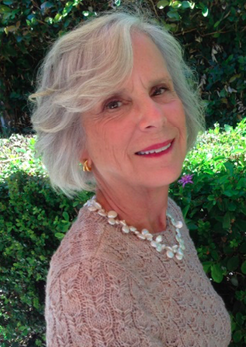The Stages of Caregiving.

A carer, care giver, or care partner is a person who usually provides unpaid care to someone with a chronic illness, disability, or other long-lasting health or care need at home. The value of this informal care is not just about finances but rather, it provides an intrinsic value from a moral standpoint; caring for someone because they need help has values benefiting both the carer and the receiver. Caring for a loved one can be a source of great personal satisfaction but it does create its own set of challenges. Caregiving has its own journey following along these transitions:
Step 1 – The expectant carer begins when you become aware of your loved one’s needs. Use this time to learn everything you can about the disease, finances, and emotional needs. Start the dialogue on end-of-care life, a time to research "Five Wishes" which is an advnace directive created by the non-profit organization Aging with Dignity, described as the "living will with heart and soul."
Step 2 - The freshman carer uses this time to find support, support groups, uncovering solutions, and finding support for yourself with your interests.
Step 3 - The involved carer is now fully engaged in the role of care giver every day. Note, this can be tiring, so accept help and support from anyone who offers.
Step 4 - The pragmatic carer has established rountines and strategies and has settled into (accepted) the role. Continue to participate in activities helping you fee good - daily.
Step 5 - For the transitioning carer, this is the time for decisions for end-of-care life that you discussed during Step 1. Allow yourself time to mourn and grieve. It's also a tiome to find comfort in your caring role, and it is a time to ponder the furture, to question and worry about the next chapter in your life.
Step 6 - The Godspeed carer is when your role as care giver has come to an end. Treasure your dreams, challenges, opportunities, and new skills you learned through your yourney.
Life Lesson:


